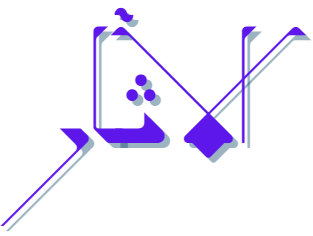فقہی تفاسیرکا بیان اور انکا اسلوب ومنہج
Explanation of jurisprudential interpretations and their style and methodology
Keywords:
Fiqhi Tafasir, Ayat al-Ahkam, Islamic Jurisprudence, Usul al-Istinbat, Qiyas, Ijma, Istihsan.Abstract
This research Paper provides a critical analysis of Fiqhi Tafasir (Jurisprudential Exegeses) by examining their methodologies, interpretative styles, and comparative approaches across different Islamic schools of thought. The study focuses on key exegetical works such as Ahkam al-Qur’an by Imam al-Jassas (Hanafi), Ahkam al-Qur’an by Ibn al-‘Arabi (Maliki), and Al-Jami' li Ahkam al-Qur’an by Imam al-Qurtubi. These tafasir primarily focus on Ayat al-Ahkam (Legal Verses) and provide insights into how each school derives legal rulings based on its usul al-fiqh (principles of jurisprudence). The research highlights differences in legal reasoning (Istidlal), reliance on textual evidence, and use of analogical deduction (Qiyas), juristic preference (Istihsan), and scholarly consensus (Ijma). The comparative analysis reveals how these methodologies influence Islamic law and contribute to the diversity within the field of Islamic jurisprudence. Furthermore, this study explores the contemporary relevance of Fiqhi Tafasir in addressing modern legal and ethical challenges, including Islamic banking, family law, criminal justice, and new ijtihadi approaches. By examining the classical and modern applications of these exegeses, the research underscores their continued significance in the formulation of Islamic legal principles. The findings suggest that Fiqhi Tafasir serve as a vital scholarly foundation for ijtihad (independent reasoning) and remain an essential reference for contemporary Islamic legal discourse.




































